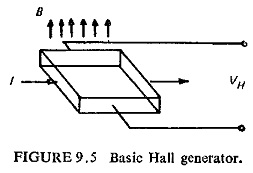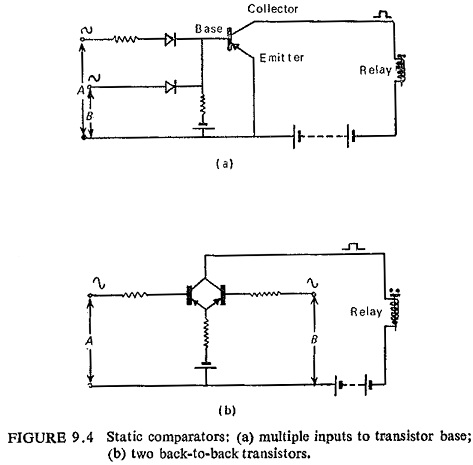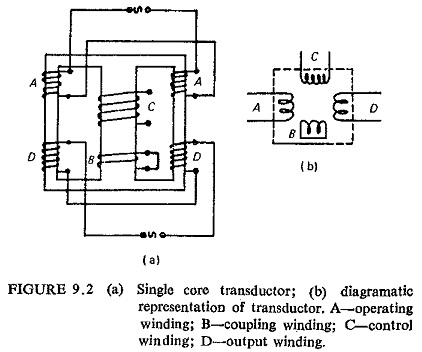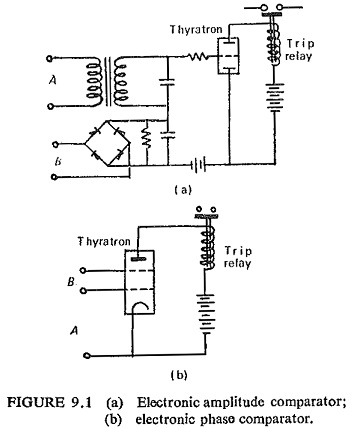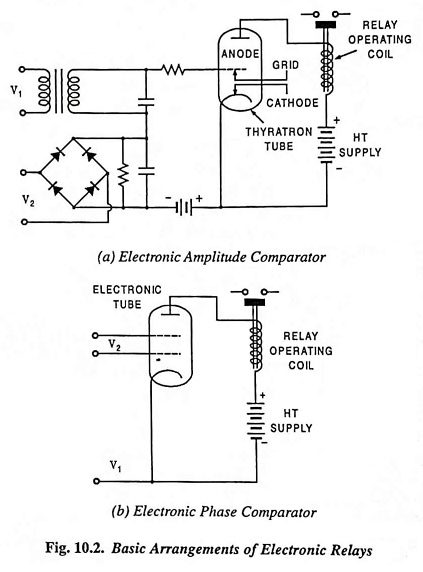Hall Effect Relay Circuit
Hall Effect Relay Circuit: Hall Effect Relay Circuit is utilized to give a phase comparator. The effect is very predominant in certain semiconductors such as indium arsenide, indium antimonide, indium phosphate, etc. Figure (9.5) illustrates…
